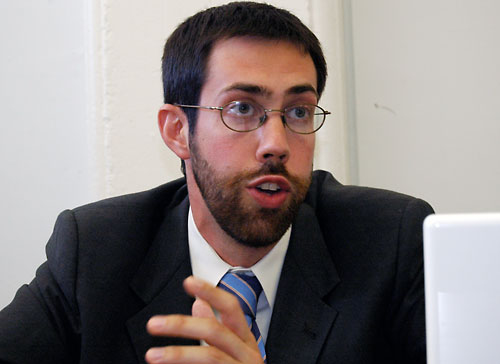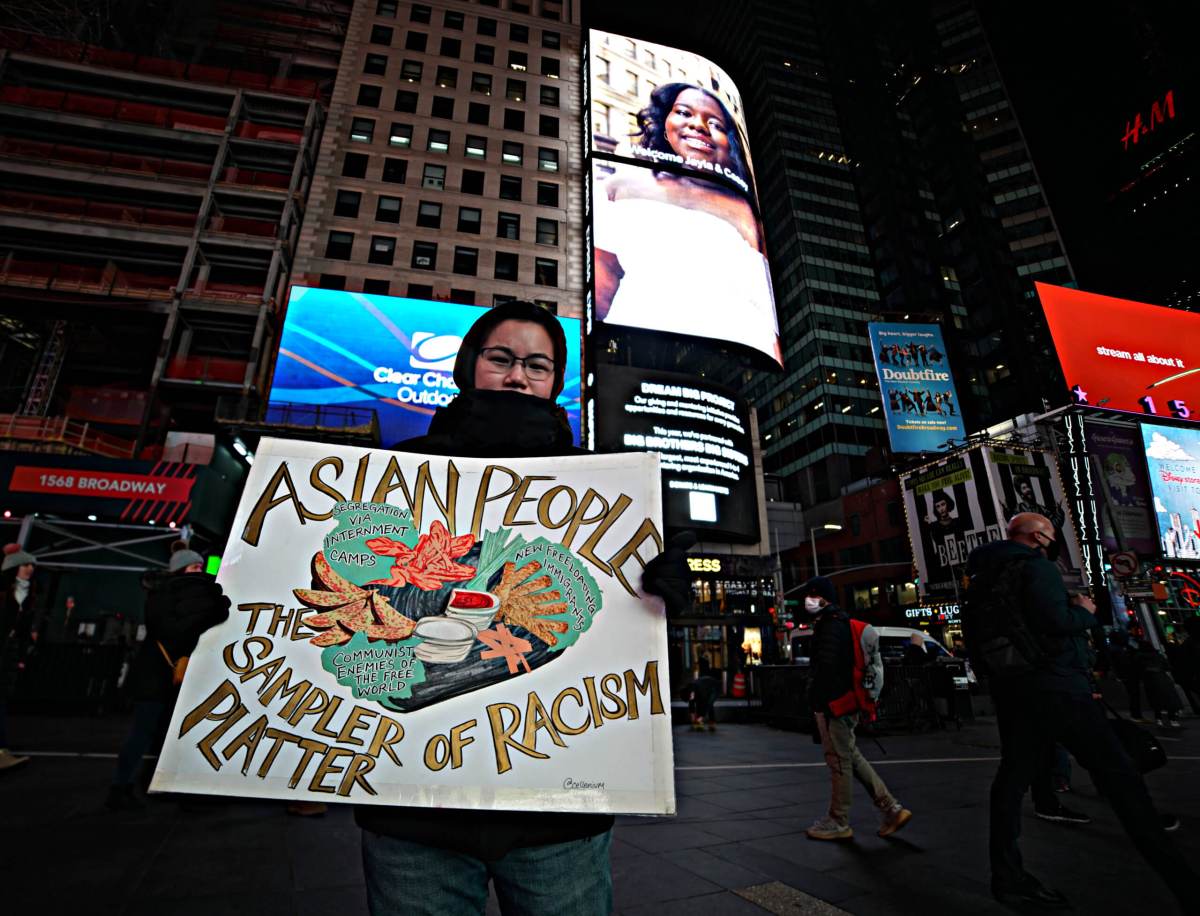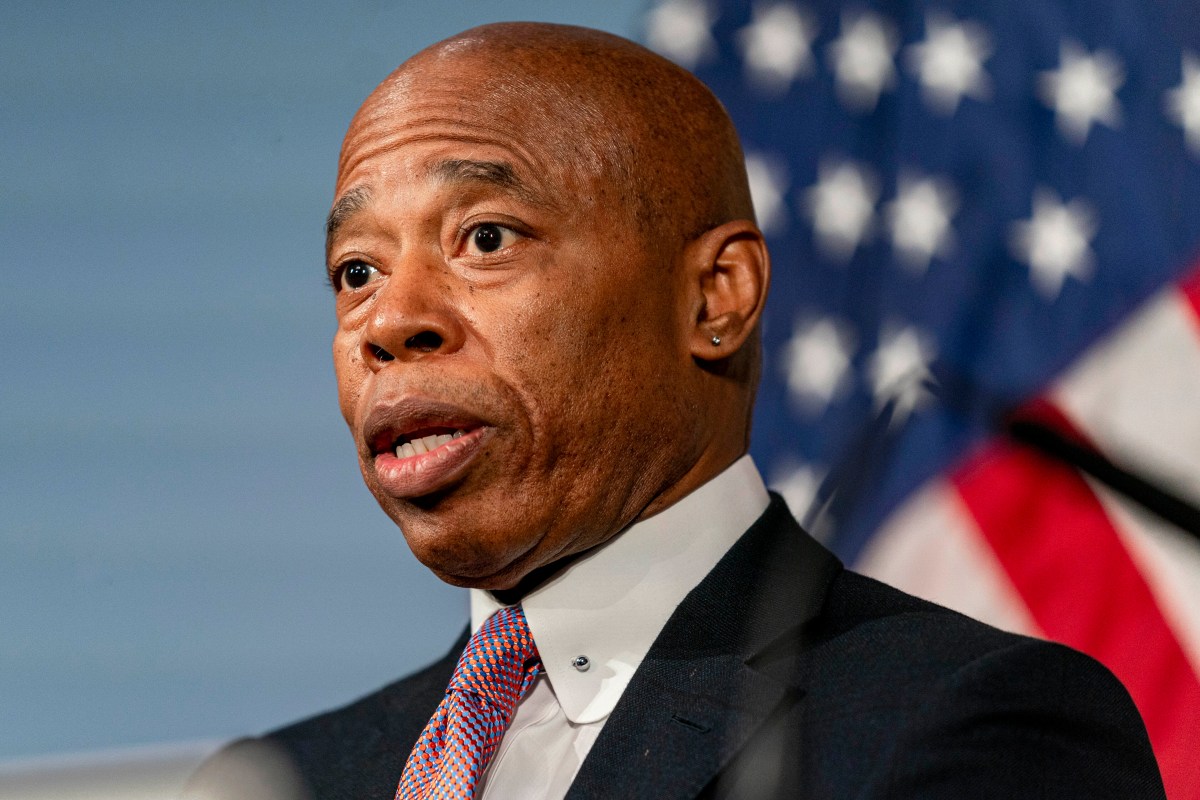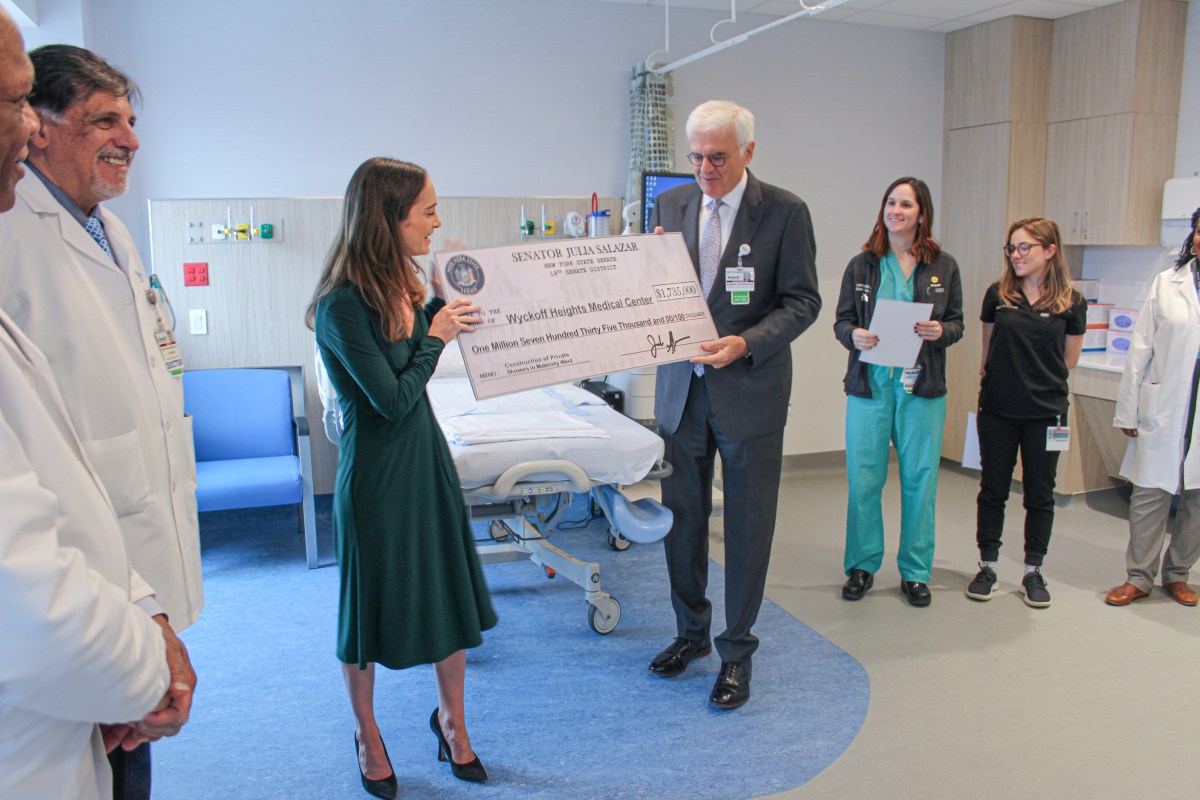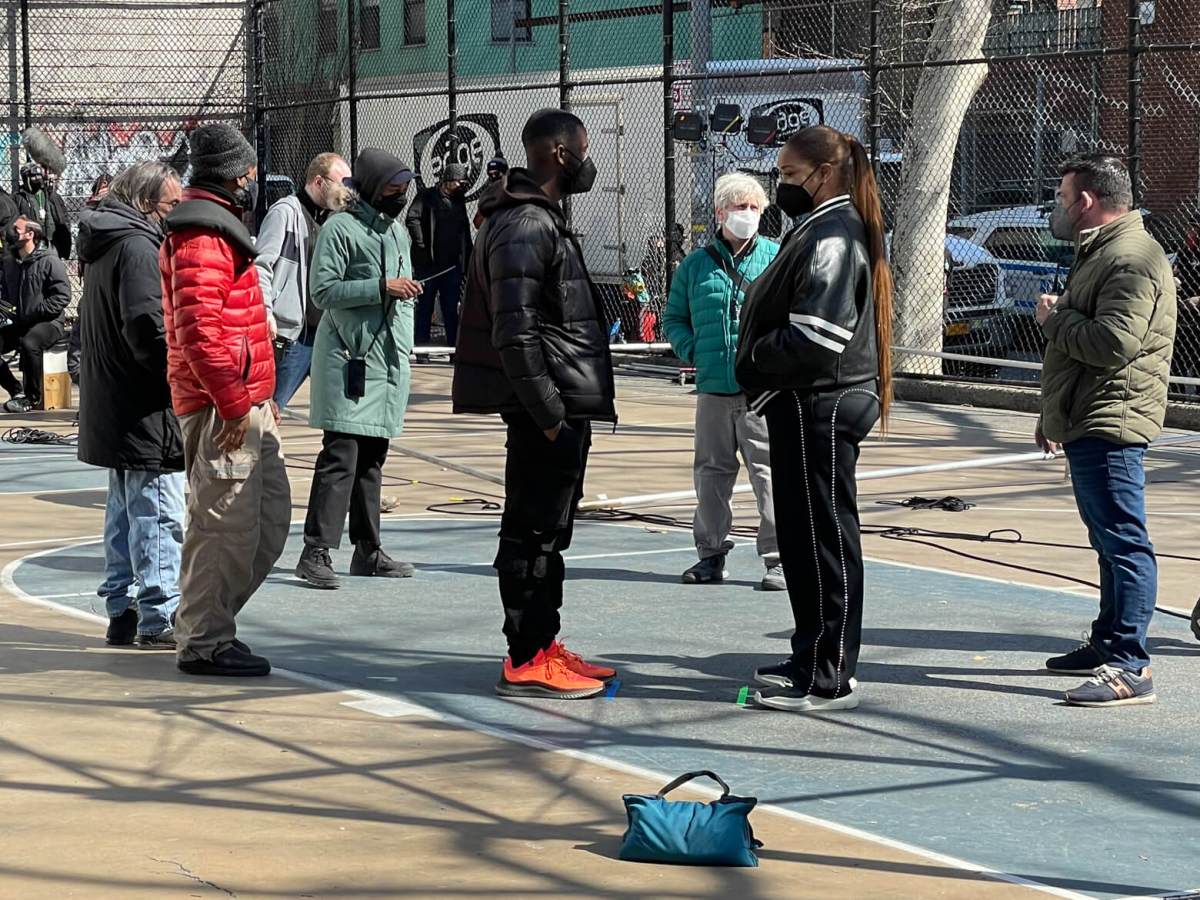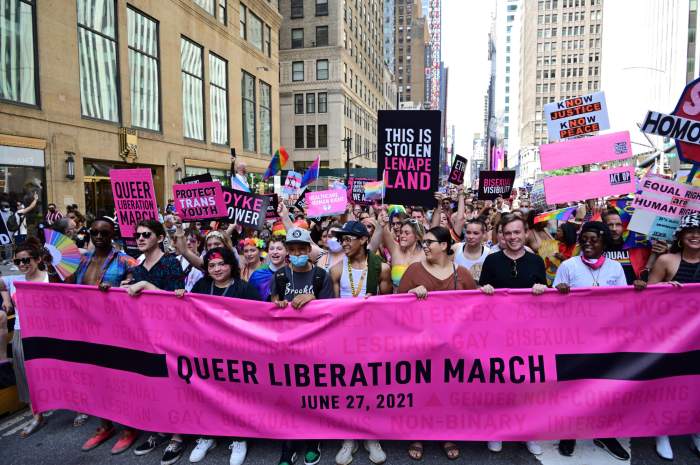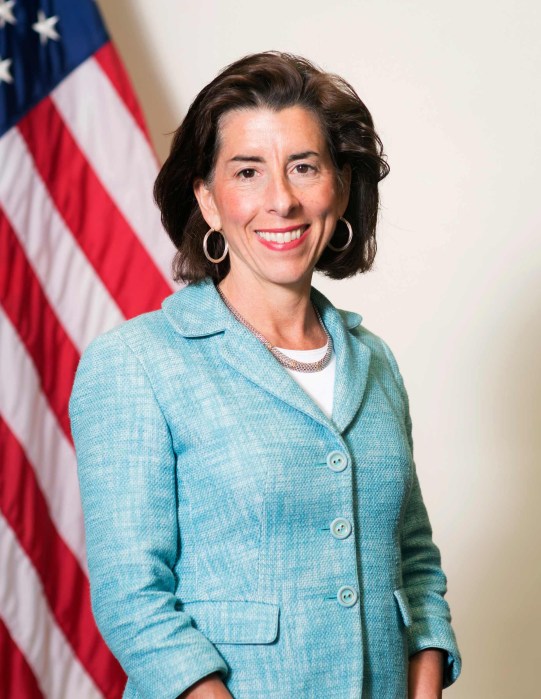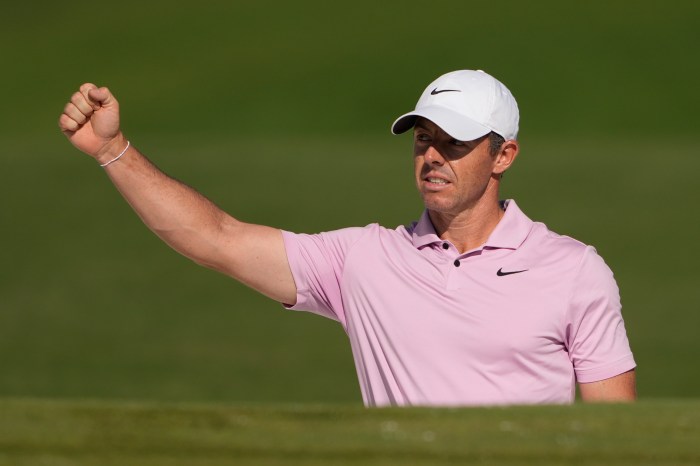To the editor,
The recent agreement to move Brooklyn Bridge Park forward (“Inside the Brooklyn Bridge Park deal,” online, Aug. 12) serves both the community and the city for a number of reasons. It improves the park’s funding model and eliminates up to 80 percent of proposed luxury housing on Pier 6 and at John Street. It also provides the community with amenities that will draw visitors to the park from all over Brooklyn and the city — including a pool for at least five summers, an ice skating rink, a seasonal recreational “bubble,” tennis courts, and 2,200 square feet of community space.
The previous funding model — luxury housing, in place since long before I was elected — raised serious concerns regarding the privatization of public parks, with a small number of luxury condo residents exclusively funding the park’s maintenance budget. It also created a difficult funding model to replicate in many other neighborhoods where luxury buildings are not possible. Simply put, the original plan would have made luxury parks possible in luxury neighborhoods — and nowhere else.
That is why I felt it was so important to respond to your suggestion that the new agreement is “unequal.” As your editorial acknowledges (“Rich get richer,” online editorial, Aug. 11), the new agreement dramatically improves the previous plan. In fact, one of its major improvements is increased equity.
Unlike the previous plan, the new agreement is based on new incremental tax revenue from properties near the park. This revenue can be accessed for the city because of the increased residential demand created by the park. The rezoning and sale of the properties near the park will increase the city’s tax revenue. This incremental increase in tax revenue can occur in any neighborhood, not just Brooklyn Heights.
Even more important, for the first time this plan will use public money to fund this public park. This agreement moves away from specific luxury developments and towards a more equitable model of public funding.
Of course this agreement isn’t perfect — but it reduces housing, ensures the park’s completion, increases amenities, and improves the funding model. That’s why it is a victory for both the park’s immediate neighbors and the city at large.
Daniel Squadron
Carroll Gardens
The writer is a state senator representing Brooklyn Heights, Cobble Hill and Carroll Gardens.
***
To the editor,
Kate Briquelet’s article on the proposal to assign part of potential tax receipts from properties owned by the Watchtower Society in DUMBO and Brooklyn Heights to replace tax receipts which might have been generated by two high-rise condo buildings which had been planned for the upland of Pier 6 in Brooklyn Bridge Park has it all upside down.
The Pier 6 condos had not been “under fire” from Brooklyn Heights (represented by the Brooklyn Heights Association) and DUMBO — it was Roy Sloane and the Cobble Hill Association who led that campaign. And it was not DUMBO and Brooklyn Heights who “helped propel [Sen.] Squadron into office” — it was Cobble Hill and Carroll Gardens!
The Park’s consultants had suggested a special tax district from Vinegar Hill to Atlantic Avenue (so not including Cobble Hill) — that Mr. Sloane now feels Sen. Squadron “sold out the park” for finding a source of taxes other than the homeowners of Vinegar Hill, DUMBO and Brooklyn Heights seems only a measure of his spite for his northerly neighbors.
Peter Flemming
Brooklyn Heights
***
To the editor.
A very important fact is glossed over in your online analysis of the plan to generate funds for the maintenance and operations of Brooklyn Bridge Park: The “eligible” Watchtower Society buildings must be sold no later than Dec. 31, 2013, to become applicable under the plan.
It remains to be seen how many, if any, of the 10 properties currently not zoned for residential use will have a new owner(s) by the deadline.
I also strongly object to your condemnation of the Watchtower Society and its right to sell its property to the highest bidder(s). As a religious, tax-exempt organization, the Society has the same rights as any other major and minor organized religion. Would you take the same position if Trinity Church sold its extensive real estate holdings in Manhattan?
Ursula Hahn
Downtown
‘Roulette’ wheel
To the editor,
In your recent story, “Spinning ‘Roulette’: CB2 denies new theater a booze license” (Aug. 5), your reporter did a fine job of representing many perspectives on the issue, including those of Martha Kamber, the executive director of the YWCA, the theater’s landlord.
It is unfortunate that Ms. Kamber was not present when the community board reviewed the liquor license application. The assurances she made in the newspaper article might have altered the board’s decision if expressed at our meeting.
It is also unfortunate that Roulette’s legal counsel was unable to attend the meeting due to a family obligation. The theater staff who presented the application was not able to answer many of the executive committee’s questions, which negatively impacted the deliberation.
As noted in some editions of your story, Community Board 2 is working with Roulette on license stipulations that address the concerns raised at the board’s meeting. I look forward to a mutually satisfying resolution to the matter.
John Dew
The writer is chairman of
Communithy Board 2.
Bruce’s job loss
To the editor,
Why am I not surprised that Bruce Ratner and Forest City continue to act like pigs at a trough feasting on taxpayer dollars (“Workers to Ratner: Where are the jobs?,” Aug. 5)? In too many cases, projects have been heavily subsidized by taxpayers. Between direct government funding, low-interest loans, and long-term exemptions, the bills to taxpayers may be greater than the benefits.
Too many mega developers make promises to local community groups for the creation of jobs along with awarding of contracts to residents and businesses, which, just like in this case, have yet to see the light of day.
If these projects, such as Atlantic Yards, were so worthwhile, why didn’t major developers, such as Bruce Ratner, use their own funds or obtain loans from banks, rather than pick the pockets of taxpayers to pay a significant portion of the bill?
Real business people who believe in capitalism build their companies on their own. How sad that some don’t want to do it the old-fashioned way by sweat and hard work. They continue looking for shortcuts in the form of huge subsidies at the taxpayers’ expense and favors from elected officials.
Larry Penner
Great Neck, NY
Thanks for Watchtower
To the editor,
I saw your article about Brooklyn Bridge Park (“Inside the Brooklyn Bridge Park deal,” Aug. 5) and couldn’t help but point out some information about the Watchtower Bible and Tract Society.
First of all, the money the Society has accumulated comes from the direct donations of Jehovah’s Witnesses. We pay for the costs of the materials we publish and distribute. We pay for the billions of hours spent annually in literacy training, Bible education and disaster relief (which is not limited to properties of Witnesses).
The Society has made immense contributions to Brooklyn. There is a constant flow of tourism to the Society from all over the world. Conventions are economic windfalls; not to mention the amount of time, energy and expenses that Witnesses have expended in upgrading and maintaining all of those properties. And, finally, the fact that the Society doesn’t pay taxes is the same for any other nonprofit operating.
In my personal opinion, I would think it just fine if the Society continues there as is, and doesn’t sell those properties. The community doesn’t deserve it.
Carolyn Neal
Brooklyn Heights
Bikers are dangerous
To the editor,
The arrogant and irresponsible disregard by many bicyclists of the barriers and detour signs due to construction at both ends of the Manhattan Bridge creates a hazardous situation for joggers, pedestrians and workers, and makes one wonder why the change was made in the first place (“Bklyn leads cycling boom,” Aug. 5).
Perhaps when someone is struck by a cyclist who is pedalling full speed around the blind curve at the base of the north path of the bridge, then city officials will revisit this ill-conceived switch — one that was instituted by Janette Sadik-Khan without any community involvement that I am aware of.
Joseph Colletti
Downtown


